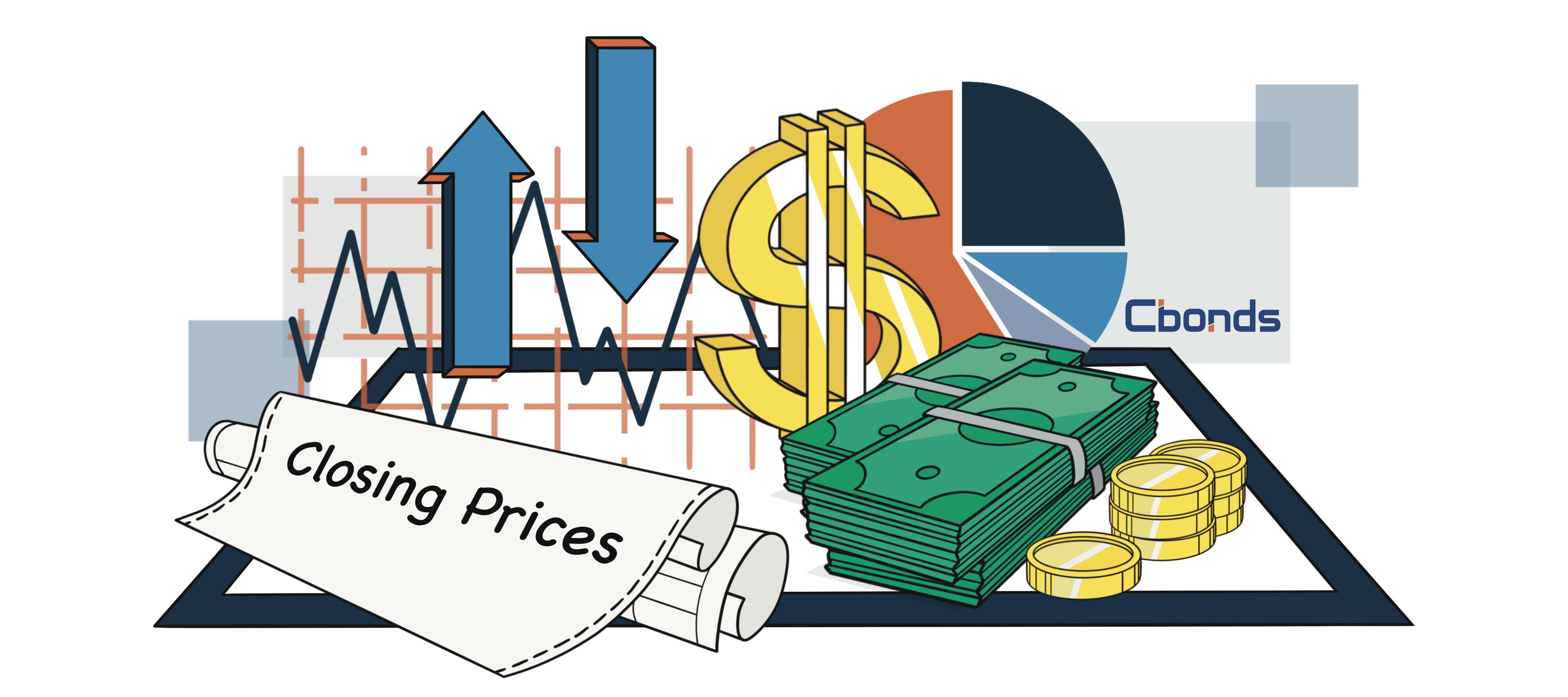By
Konstantin Vasilev Member of the Board of Directors of Cbonds, Ph.D. in Economics
Updated October 23, 2023
What Is the Closing Price?
The closing price refers to the price of the last transaction of a security before the market officially closes for normal trading. It serves as a benchmark for investors to compare a security’s performance since the previous day, and closing prices are commonly used to create line graphs illustrating historical price changes over time.
The adjusted closing price takes into account any factors that may impact the security price after the market closes, such as dividends or stock splits. Although financial instruments are traded in lower volumes during after-hours trading, the closing price of a security often differs from its after-hours trading price.

Understanding the Closing Price
Closing prices serve as important indicators for investors to analyze fluctuations in security prices over time. Despite the availability of round-the-clock trading, every security has a designated closing price. This price represents the final value at which the security trades during regular market hours on any given day. It is widely considered the most accurate valuation of a security until trading resumes on the next trading day.
By comparing the closing price of a security on different days, investors can assess changes in market sentiment towards that particular security. They can analyze the closing price from the previous day, 30 days prior, or even a year earlier to gauge market trends. This data is typically available since the pricing date or the day the company became publicly traded.
Closing Price vs. Adjusted Closing Price
A company’s stock split announcement often leads to a notably significant price change. Once the split is implemented, the displayed price immediately reflects the adjustment. For instance, in a 2-for-1 stock split, the last closing price appears to be halved. This change is then reflected in the adjusted closing price.
Similarly, a reverse stock split also results in a substantial price alteration. A reverse stock split can indicate a troubled company striving to enhance the appearance of its stock price or at least maintain it above the $1 threshold to avoid being delisted from an exchange. For instance, a 1-for-10 reverse stock split can transform a stock trading at 18 cents per share into one that trades at $1.80 per share.
How is the closing price calculated?
The closing price of a security is determined by calculating the average price of trades over the final 30 minutes of trading. To compute it, the following steps are taken:
-
Identify the price at which the security trades during the final 30 minutes of the trading session, and note the respective number of securities traded at each price.
-
Multiply each price by its corresponding quantity to determine the total trading value for each trade.
-
Calculate the total number of securities traded (referred to as the total volume).
-
Use the following formula to determine the closing price:
Closing price = Total Trading Value / Total Volume.
By following these steps, the closing price of a security can be accurately calculated based on the weighted average of trade prices during the final 30 minutes of the trading session.
Why are closing prices important?
The closing price is important for several reasons:
-
Performance Evaluation. The closing price provides a snapshot of a security’s performance for a specific trading day. It helps investors and analysts assess whether the security has gained or lost value over the course of the day and compare it to previous closing prices. By tracking closing prices over time, investors can evaluate the overall performance of their investments and make informed decisions.
-
Benchmarking and Index Calculation. Closing prices are commonly used as reference points for benchmarking and calculating market indices. Major stock indices, such as the S&P 500 or the Dow Jones Industrial Average, are often calculated based on the closing prices of constituent stocks. These indices serve as benchmarks to gauge the performance of a particular market or sector.
-
Technical Analysis. Traders and analysts use closing prices to perform technical analysis and identify patterns and trends in security price movements. Charting tools and technical indicators often rely on closing prices as a key input. Patterns like support and resistance levels, moving averages, and trendlines are typically based on closing prices. Technical analysis helps traders make decisions about buying or selling securities based on historical price patterns.
-
Order Execution. The closing price can be used as a reference point for traders placing orders after the market closes. Limit orders or stop orders placed with a specified price level can be executed based on the closing price of the next trading day.
-
Investor Sentiment. The closing price can reflect the sentiment and actions of market participants. If a security consistently closes at or near its daily high, it may suggest positive investor sentiment and bullishness. Conversely, a security closing near its daily low could indicate negative sentiment or bearishness.
Example of Closing Prices
When constructing line graphs to monitor the price of a security, the primary data point is typically the security’s closing price. For instance, let’s consider day one of trading, where the security’s price was $30. This would result in a data point at coordinates (1, $30). On day two of trading, if the security’s price was $35, it would result in a data point at coordinates (2, $35). Each data point is plotted and connected by a line, visually representing the fluctuations in daily closing prices over time.
If the security’s closing prices consistently increased, the line on the graph would slope upward and to the right. Conversely, if the security’s price steadily decreased, the line on the graph would slope downward and to the right.
Bond Screener
Watchlist
Excel Add-in
API





















